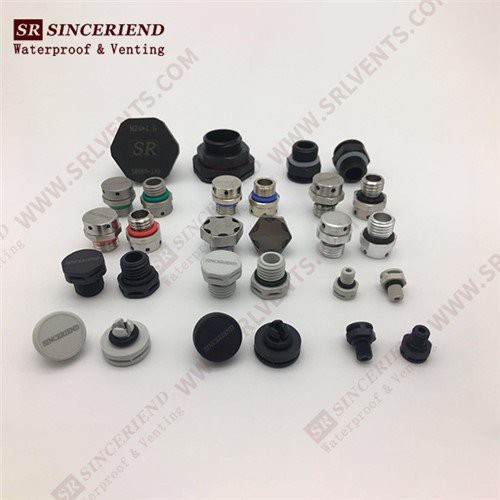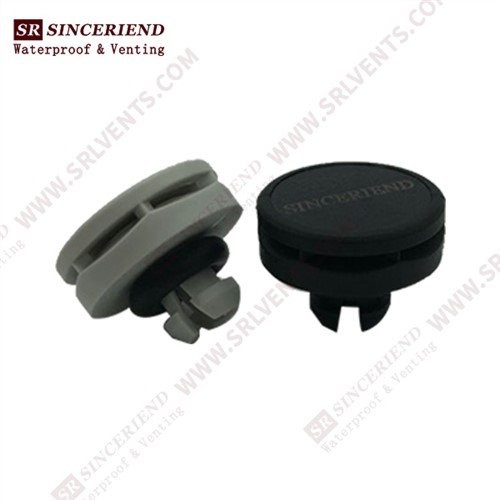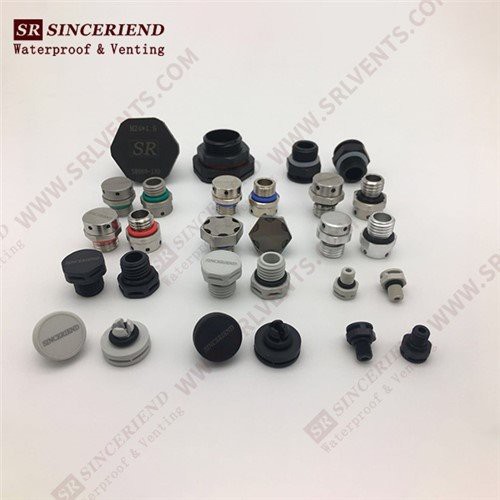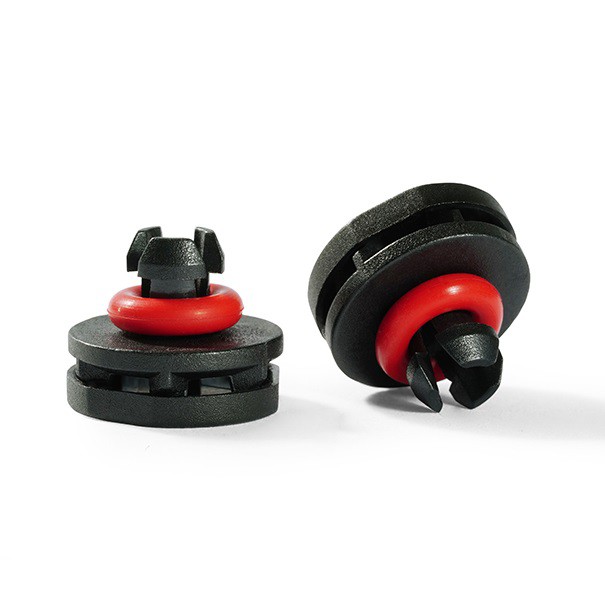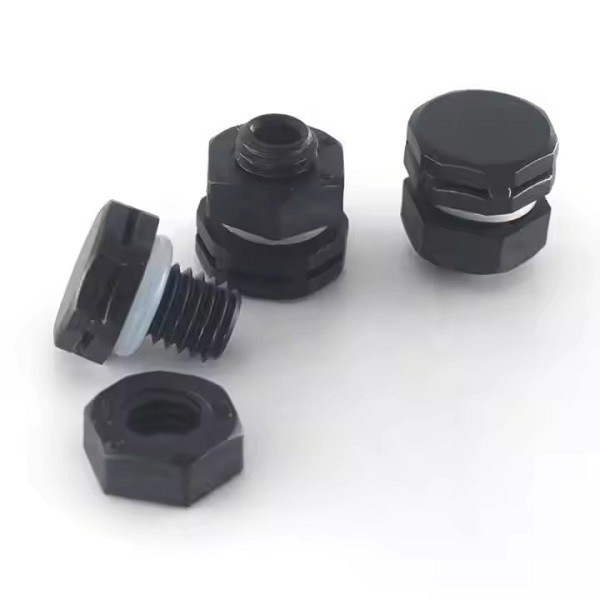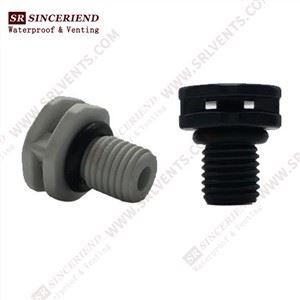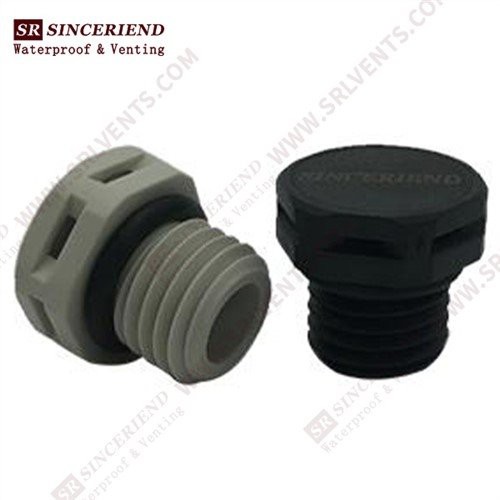Introduction
Products Description
Plastic Protective Vent is a device that protects electronic devices from dust, water vapor, and other dangerous elements. It is often made of high-quality plastic with a microporous structure that serves both ventilation and waterproofing purposes. This vent design is intended to provide normal airflow inside the device while preventing external contaminants from entering the device and increasing its service life.
Features
1.Plastic Protective Vent is simple to install and is typically pasted or glued directly to the device's outside shell.
2.The excellent design allows the gadget to retain proper ventilation while in use, lowering the risk of overheating and efficiently preventing dust and water vapor from damaging the device's internal circuit.
3.It is resistant to extreme temperatures and corrosion, making it excellent for electronic devices in a variety of environments, including outdoor cameras, industrial control equipment, automobile electronics, and more.
Maintenance of Plastic Protective Vent
1.Regularly check whether the Plastic Protective Vent is damaged or worn. If cracks, deformation or other damage are found, replace it with a new Plastic Protective Vent in time to avoid further affecting the normal operation of the equipment.
2.Keep the Plastic Protective Vent clean. Regular cleaning can prevent impurities such as dust and dirt from clogging the ventilation holes of the Plastic Protective Vent and affecting its ventilation effect. You can use a soft cloth to gently wipe the surface and avoid using chemical solvents or corrosive cleaners to avoid damaging the Plastic Protective Vent.
3. Check on a regular basis to ensure that the Plastic Protective Vent is placed correctly. Make sure it is installed in the correct position on the equipment and is securely fastened to avoid displacement or falling off while the equipment is in operation.
4. Perform functional tests on a regular basis. Applying a small amount of airflow to the Plastic Protective Vent will allow you to determine whether its ventilation is normal. If you notice that the ventilation is not working properly, you may need to clean or replace the plastic protective vent.

